While watching the video of the space shuttle Atlantis landing at NASA’s Kennedy Space Center the other day, a question popped up in my head: if a space shuttle can land like an airplane, why can’t it take off like one, rather than launching straight up?
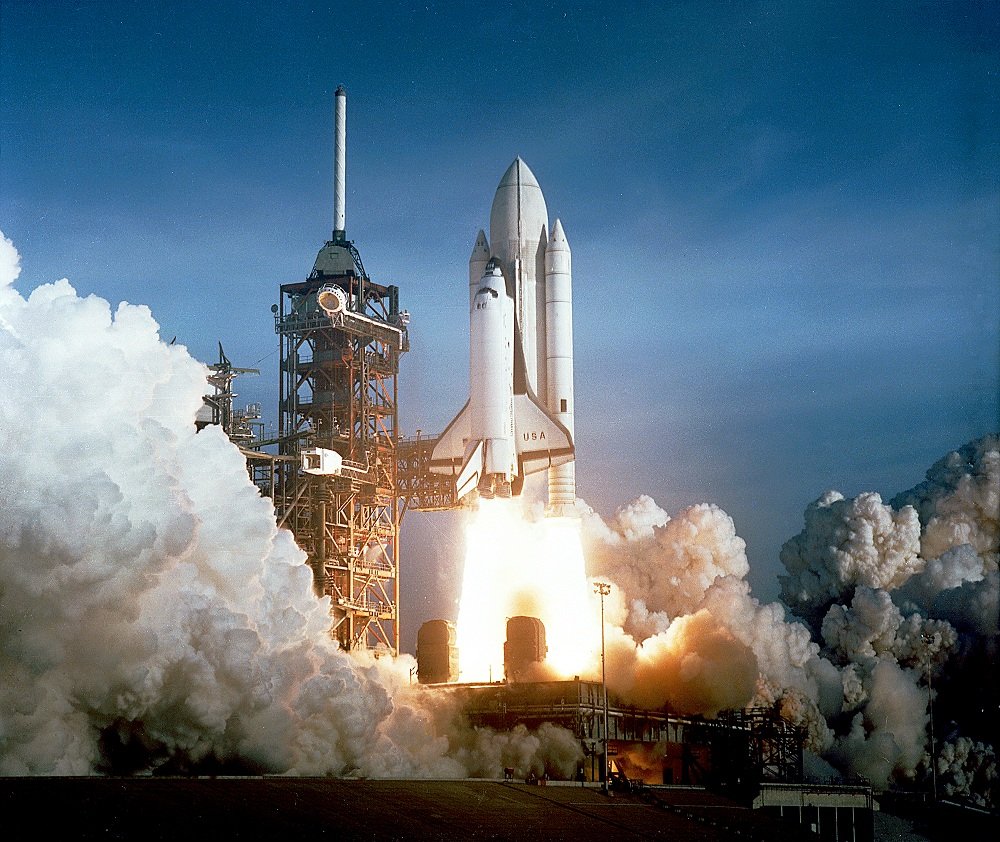
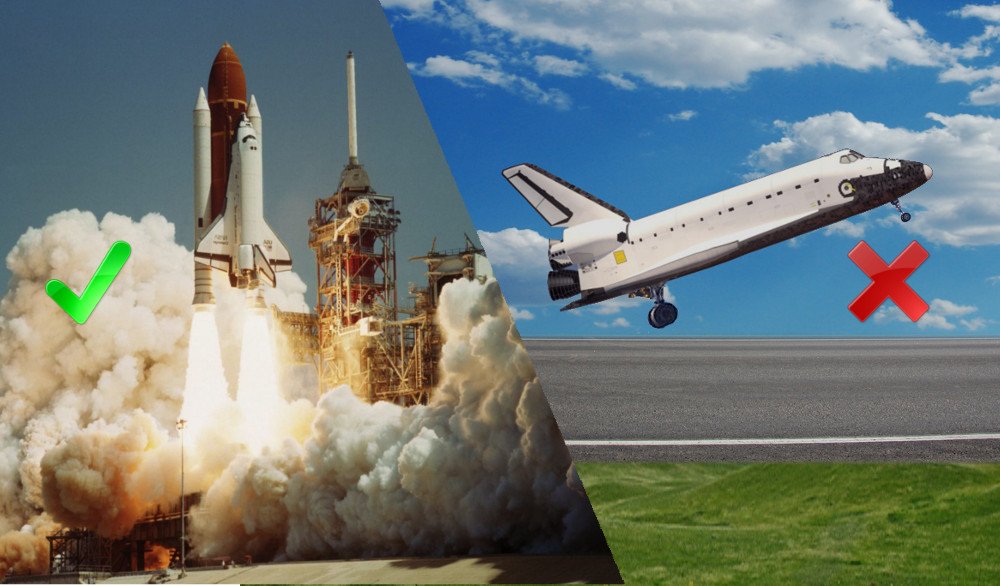
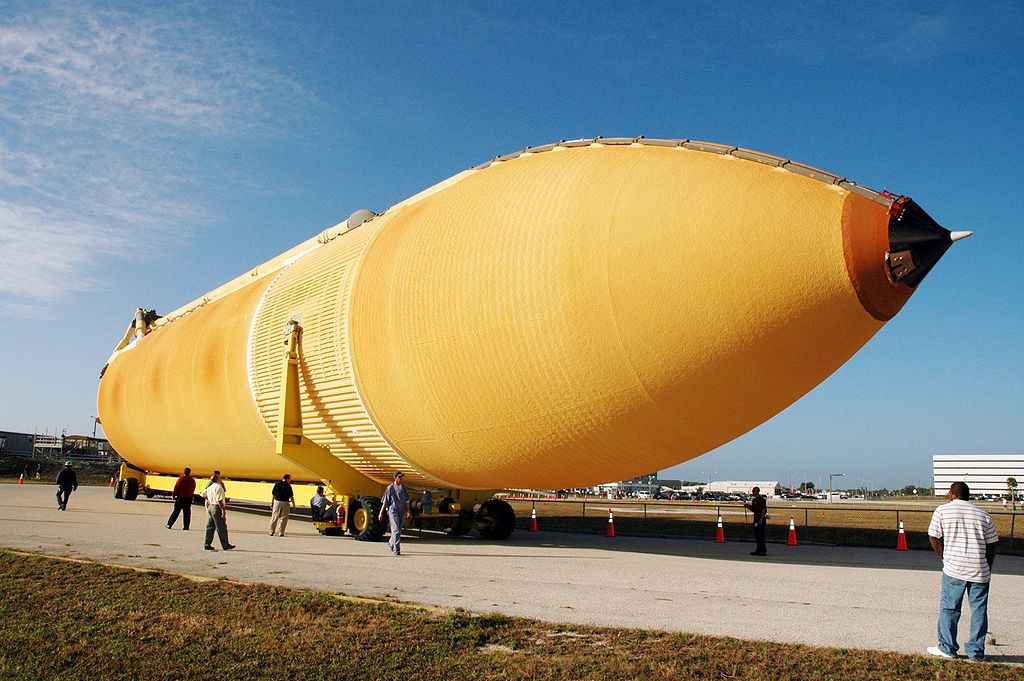

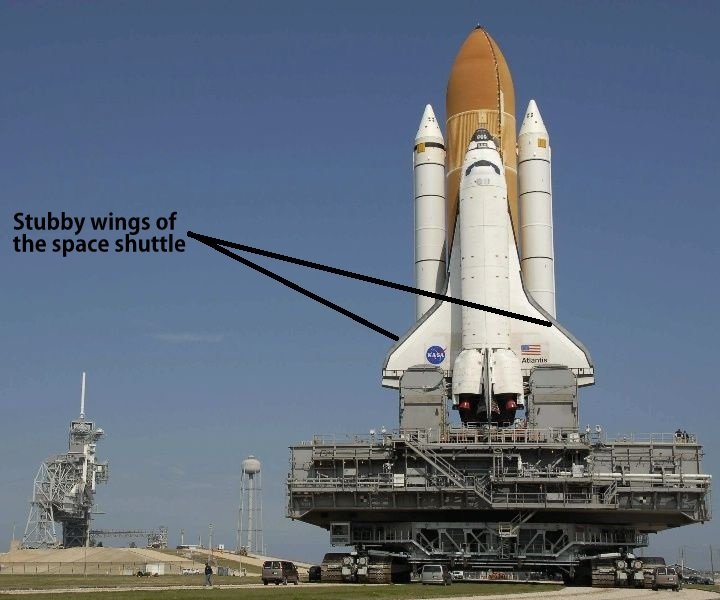
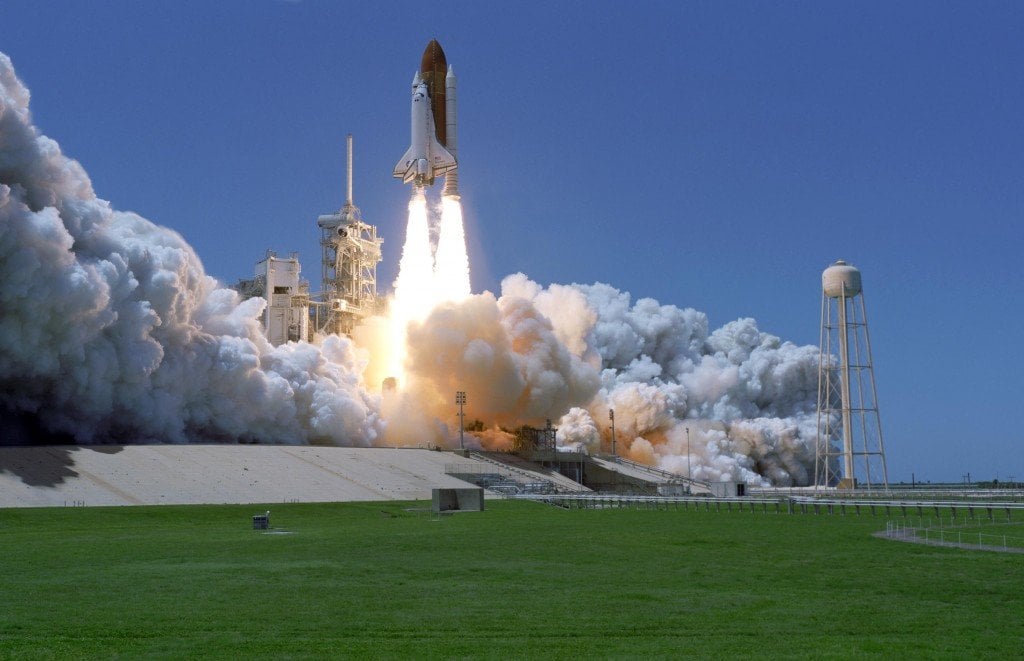
Let the Rocket Be Launched!

A ‘Rocket launch‘, which is the take-off phase in the flight of a rocket, requires a lot of high-tech equipment that’s specifically designed to facilitate the launch of the rocket. That’s one important thing about a rocket launch to consider, while the other is that it’s really expensive!
Since the primary function of the launch machinery appears to be getting the space shuttle into the air, why can’t they be made to accelerate on a runway and then take off, just like an airplane does? Wouldn’t it be a more viable option to get rid of that huge launch pad and use a runway instead?
Making it Into Orbit
To answer this question, you first need to understand a few other things associated with a rocket launch. The main objective of a rocket (say, a space shuttle) after its launch is to ‘make it into orbit’. This means that the rocket has to achieve a specific path, which in this case is an orbit around Earth.
Why does a rocket need to make it into orbit?
The orbit is a circular path around Earth where the rocket achieves a balance (of sorts) between its own velocity (with which it revolves around Earth) and Earth’s gravitational pull. Once the rocket reaches orbit, the gravitational pull is high enough to keep it locked in a circular path around Earth, but low enough so that the rocket doesn’t have to spend lots of fuel to keep from falling back to Earth.
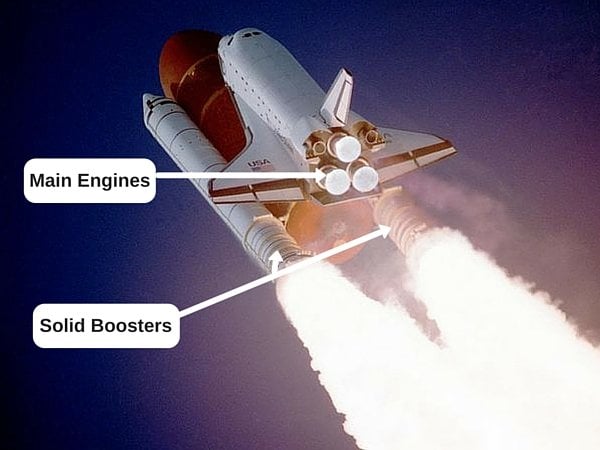
How Does a Rocket Make It Into Orbit?
You see, Earth exerts a gravitational force and pulls down every object that attempts to leave or escape it. Therefore, in order to break free from Earth’s gravitational pull, it is essential for a rocket to attain an enormously high speed.
In other words, a rocket needs to attain a velocity so large that it gets travelers high enough to break free from Earth’s strong gravitational pull. This velocity is known as the ‘escape velocity’. For Earth, the escape velocity value is 11.2 kilometers per second (25,020 mph); this means that you have to accelerate a rocket at 11.2 kilometers per second in order to make the orbit.
How does a rocket climb so fast after its launch?
Since it’s established that a rocket needs to be pretty fast to make it into orbit, how do they impart it such an enormous vertical velocity?

The thrust needed to launch the space shuttle is provided by two solid rockets and three space shuttle engines, all of which operate during lift-off. According to NASA, the thrust provided by the two solid boosters is 6.6 million pounds, whereas the three engines of the shuttle provide almost 1.2 million pounds’ worth thrust. This means the total thrust during a launch is 7.8 million pounds!
Only a thrust so strong can possibly launch a shuttle into air with an incredibly high speed. The vertical ascent is slow initially; it takes 8 seconds for the shuttle to attain a speed of 100 mph (161 kmph). But as the fuel is guzzled at a rapid rate, the shuttle climbs on quickly and by the end of the first minute of flight, it attains a staggering velocity of 1,000 mph (1609 kmph)!
So Why Don’t Rockets Take Off Like Airplanes?

Now that you know all about escape velocity and the importance of making it into orbit really fast, it’s quite simple to understand why rockets don’t take off like airplanes do from a runway. There are a few reasons behind it, primarily that an airplane does not go any faster than 500-600 mph. As a pilot of a space shuttle though, you want to get out of the atmosphere as soon as practically possible, and for that, you need a very high velocity. That’s the reason why space shuttle launches use large external hydrogen tanks and fuel boosters, as they want to achieve a huge amount of speed in a matter of seconds

Of course, you can also escape the atmosphere at a lower speed and take more time during your vertical ascent, but that would require a lot of fuel – an incredible amount, in fact. Such a method of launching a rocket into space would be highly inviable, both technically and financially.
Potential pitfalls

According to NASA, the average cost of launching a space shuttle is around $450 million per mission, using the current technology. But when you add additional boosters (or more fuel) to provide a sustained thrust during its ascent through air (for an airplane-style launch), the cost of the launch will be sky-rocketing in the real sense of the word.
Also, you’ll have to consider other technical ramifications. For instance, a space shuttle already weighs more than 2.04 million kilograms (4.5 million pounds) at the time of launch; so, how much more fuel would you be able to add to its weight without significantly raising the launch’s cost?

Furthermore, the stubby wings of a space shuttle are not designed to make it lift like an airplane. Instead, they are there for a number of other functions, including facilitating a controlled approach during re-entry and so on.
All in all, launching a space shuttle by making it take off from a runway like an airplane is not an entirely ridiculous idea, but the technical ramifications of such a launch are far too complex, and the costs associated are much, much higher than the conventional vertical launch.

Therefore, it seems that the visual of a rocket launching vertically from the launch pad, leaving a humongous cloud of gas and smoke, is here to stay.
SOURCE: www.scienceabc.com
No comments:
Post a Comment